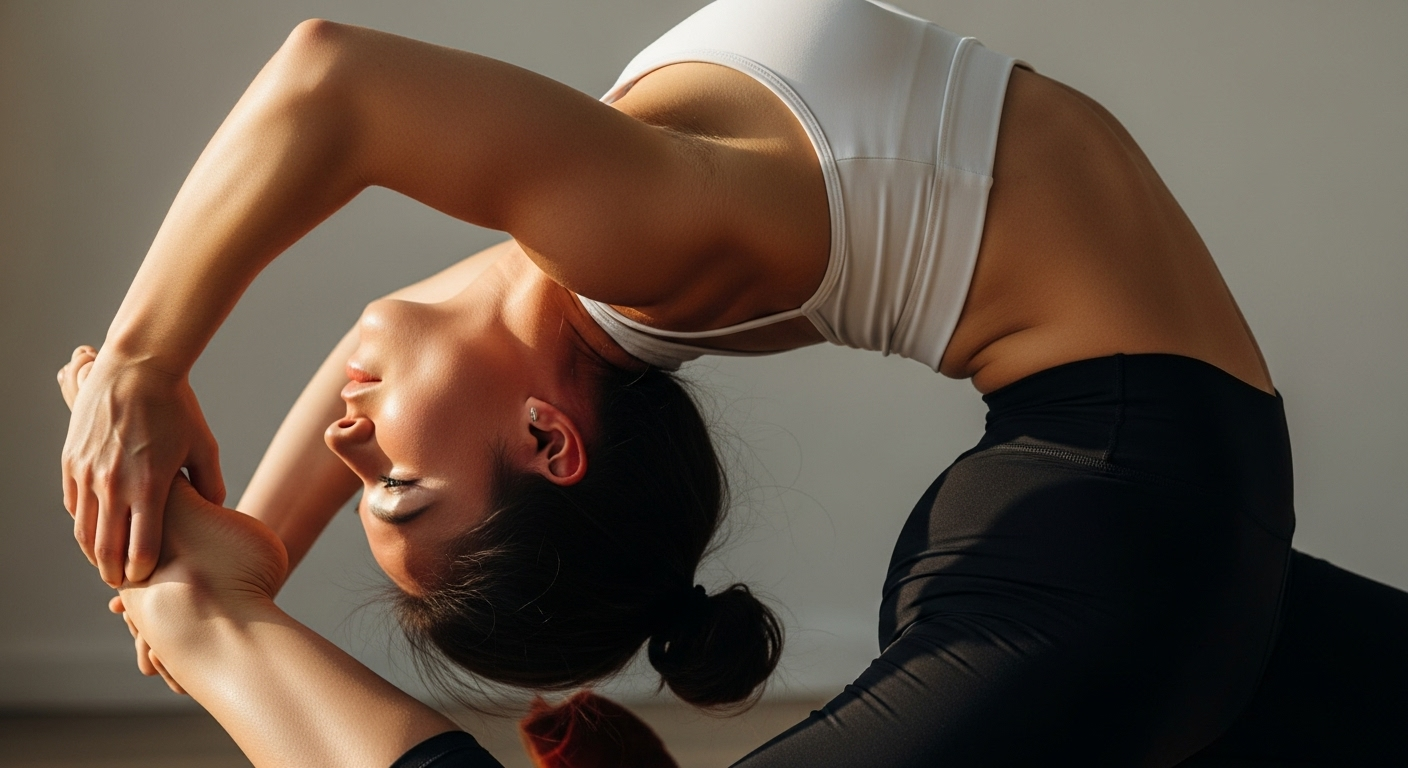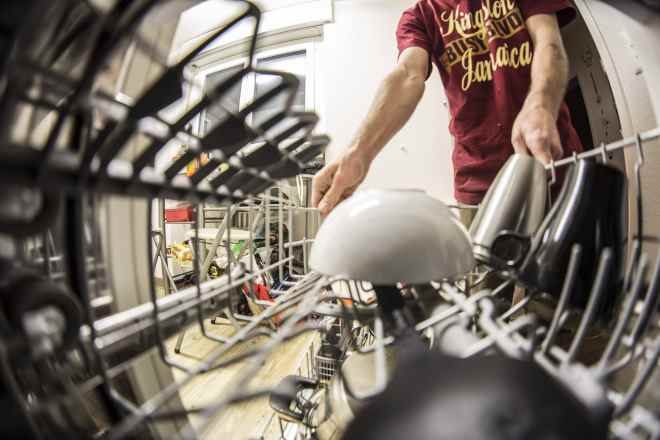Your Knees Don’t Have to Hurt Every Time You Move
If your knees click, ache, or feel stiff every time you move, it’s not just age — it’s your body asking for attention. Constant sitting, poor posture, or joint inflammation can quietly damage the cartilage that keeps your knees flexible. The good news is, you can start feeling better with simple daily changes and targeted support. Discover the best ways to reduce knee pain, improve flexibility, and strengthen your joints naturally.

Knee pain is one of the most common complaints among adults, affecting people across all age groups and activity levels. While occasional discomfort after strenuous activity is normal, chronic pain that interferes with daily tasks signals the need for attention. The good news is that many forms of knee pain respond well to conservative treatment approaches that don’t require surgery or prescription medications. By addressing the root causes and implementing consistent care strategies, you can significantly reduce discomfort and improve joint function.
Common Causes of Everyday Knee Pain
Understanding what triggers knee pain is the first step toward effective management. Osteoarthritis remains one of the leading causes, particularly in individuals over 50, as cartilage gradually wears down over time. Overuse injuries from repetitive movements, such as running or climbing stairs, can inflame tendons and ligaments surrounding the knee joint. Poor posture and muscle imbalances also contribute, as weak quadriceps or tight hamstrings place uneven stress on the knee structure. Weight-bearing activities combined with excess body weight increase pressure on joints, accelerating wear. Previous injuries that weren’t fully rehabilitated often resurface as chronic pain years later. Identifying your specific triggers through observation and professional evaluation helps tailor an effective treatment plan.
Simple Exercises That Improve Flexibility
Regular movement is essential for maintaining knee health, even when experiencing discomfort. Gentle stretching exercises targeting the quadriceps, hamstrings, and calf muscles help maintain flexibility and reduce stiffness. Straight leg raises performed while lying down strengthen the muscles around the knee without placing direct stress on the joint. Wall sits and partial squats build supporting muscle groups when done with proper form and gradual progression. Range-of-motion exercises, such as heel slides and knee bends, keep joints mobile and prevent stiffness from setting in. Low-impact activities like swimming and cycling provide cardiovascular benefits while minimizing joint stress. Consistency matters more than intensity—performing these exercises for 10 to 15 minutes daily yields better results than sporadic intense sessions. Always warm up before exercising and stop if sharp pain occurs.
Natural Ingredients That Support Joint Health
Nutritional support plays a meaningful role in managing joint discomfort and promoting long-term knee health. Omega-3 fatty acids found in fish oil have anti-inflammatory properties that may reduce joint swelling and pain. Glucosamine and chondroitin sulfate are commonly used supplements believed to support cartilage structure, though research shows mixed results. Turmeric contains curcumin, a compound with documented anti-inflammatory effects when taken in sufficient doses. Ginger has similar properties and can be consumed as tea or in supplement form. Collagen peptides may support connective tissue health when incorporated into the diet regularly. Vitamin D and calcium contribute to overall bone health, which indirectly supports joint function. While these natural ingredients show promise, they work best as part of a comprehensive approach that includes exercise and weight management. Consulting with a healthcare provider ensures these supplements don’t interact with medications or underlying conditions.
How Proper Support Braces Can Reduce Pain
Knee braces and supports offer mechanical assistance that can alleviate pain during daily activities. Compression sleeves provide mild support while improving circulation and reducing swelling. Hinged braces offer more substantial stabilization for individuals with ligament injuries or instability. Patellar straps target pain specifically around the kneecap by redistributing pressure during movement. Unloader braces are designed for those with osteoarthritis, shifting weight away from the damaged portion of the joint. Choosing the right type depends on your specific condition and activity level. Properly fitted braces should feel snug without cutting off circulation or causing additional discomfort. While braces provide valuable support, they work best when combined with strengthening exercises rather than as a permanent substitute for muscle development. Physical therapists or orthopedic specialists can recommend appropriate options based on individual assessment.
Daily Habits That Keep Knees Strong and Healthy
Long-term knee health depends on consistent lifestyle choices that protect joints from unnecessary stress. Maintaining a healthy weight reduces the load on knee joints—each pound of excess weight places approximately four pounds of pressure on the knees during walking. Wearing supportive footwear with adequate cushioning absorbs shock and promotes proper alignment. Avoiding prolonged periods of sitting or standing helps prevent stiffness and maintains circulation. Using proper lifting techniques and avoiding sudden twisting motions protects knees from acute injury. Alternating high-impact activities with low-impact options gives joints time to recover. Staying hydrated supports the synovial fluid that lubricates joints. Paying attention to early warning signs like swelling or persistent aching allows for timely intervention before minor issues become chronic problems. These habits, practiced consistently, create a foundation for sustained knee health throughout life.
When to Seek Professional Evaluation
While many cases of knee pain improve with self-care measures, certain symptoms warrant professional attention. Severe pain that doesn’t improve with rest after a few days may indicate a more serious injury. Visible swelling, redness, or warmth around the joint could signal infection or inflammation requiring medical treatment. Inability to bear weight or a feeling that the knee might give way suggests structural damage. Locking or catching sensations during movement may indicate torn cartilage. Persistent pain that interferes with sleep or daily activities deserves evaluation even if symptoms seem mild. Healthcare providers can perform physical examinations, order imaging studies if needed, and recommend appropriate treatments ranging from physical therapy to more advanced interventions. Early professional guidance often prevents minor issues from progressing to conditions requiring more aggressive treatment.
This article is for informational purposes only and should not be considered medical advice. Please consult a qualified healthcare professional for personalized guidance and treatment.




